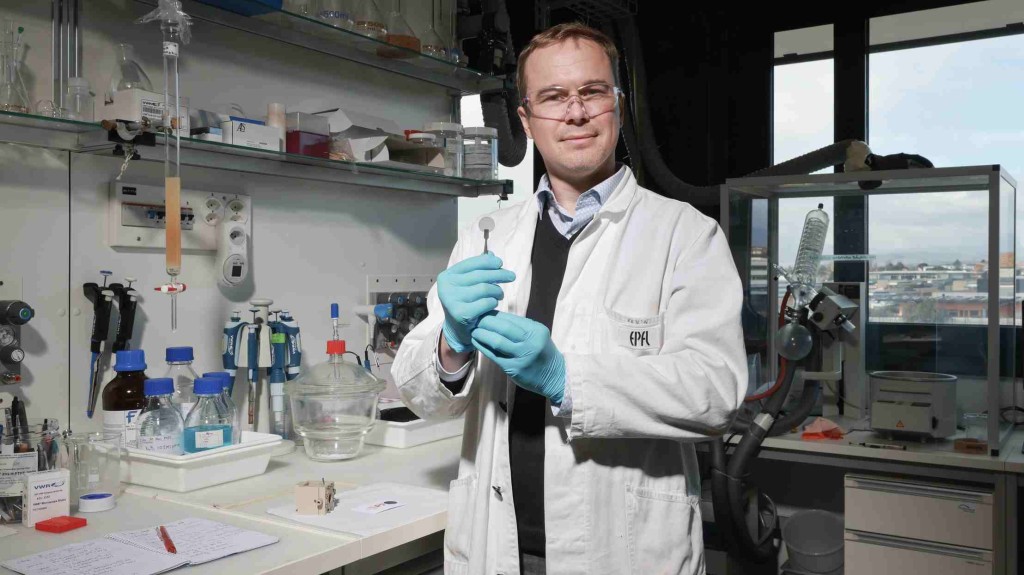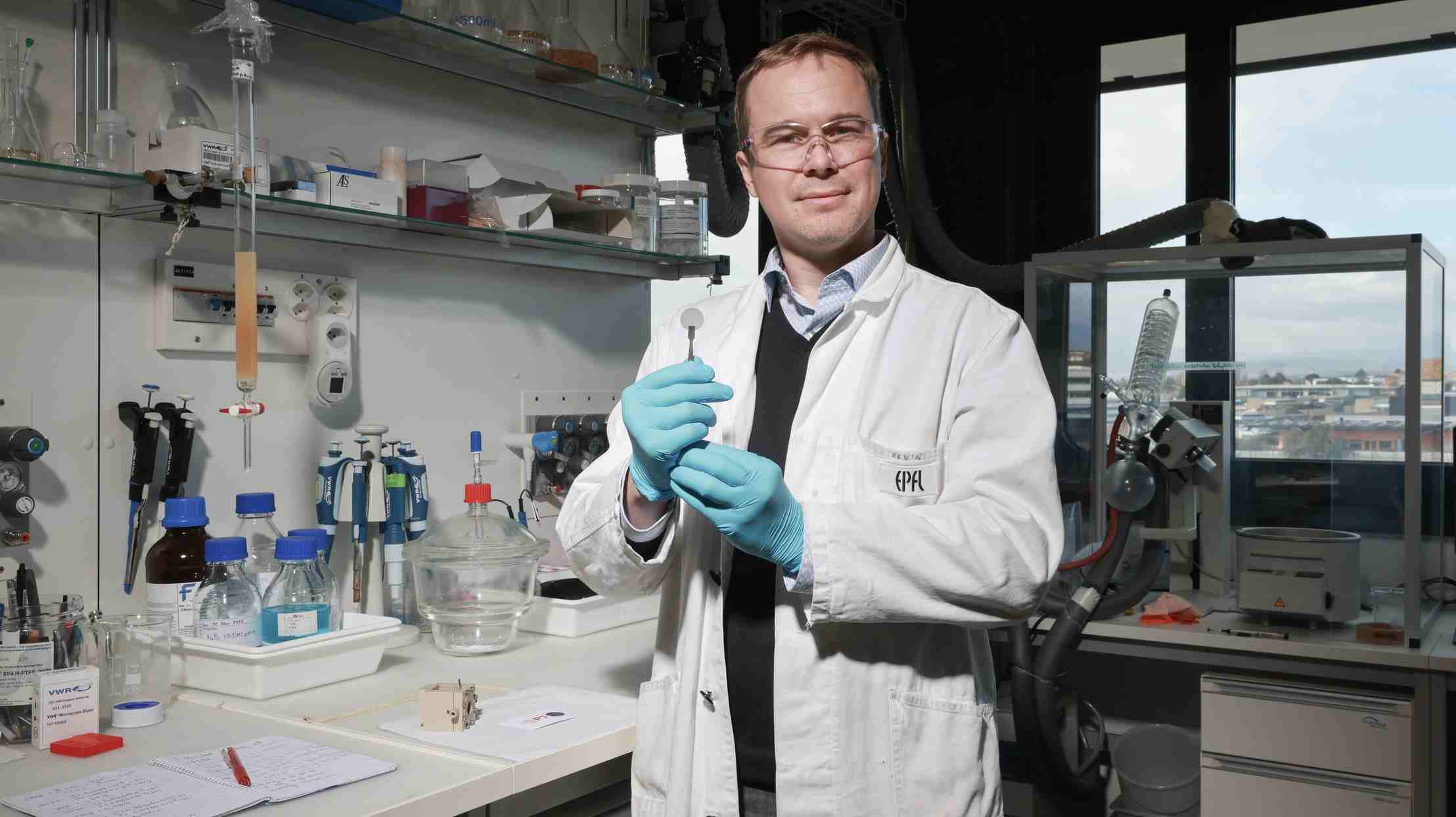
A device that can harvest water from the air and provide hydrogen fuel—entirely powered by solar energy—has been a long-held dream of scientists, but it’s now close to fulfillment.
Chemical engineer Kevin Sivula and his team have made a significant step towards bringing this vision closer to reality by developing an ingenious yet simple system.
It combines semiconductor-based technology with novel electrodes that have two key characteristics: they are porous, to maximize contact with water in the air; and transparent, to maximize sunlight exposure of the semiconductor coating.
When the device is simply exposed to sunlight, it takes water from the air and produces hydrogen gas, which can then be injected into trucks, trains, or planes with hydrogen fuel cell batteries for green combustion.
In their research for renewable fossil-free fuels, engineers at the Federal Polytechnic School at Lausanne, in collaboration with Toyota Motor Europe, took inspiration from the way plants are able to convert sunlight into chemical energy using carbon dioxide from the air.
A plant essentially harvests carbon dioxide and water from its environment, and with the extra boost of energy from sunlight, can transform these molecules into sugars and starches, a process known as photosynthesis.
“Developing our prototype device was challenging since transparent gas-diffusion electrodes have not been previously demonstrated, and we had to develop new procedures for each step,” said Marina Caretti, lead author of the work.
CHECK OUT: World’s First 100% Hydrogen-Powered Trains Now Running Regional Service in Germany to Replace Diesel
“However, since each step is relatively simple and scalable, I think that our approach will open new horizons for a wide range of applications starting from gas diffusion substrates for solar-driven hydrogen production.”
Coating a silicon oxide felt wafer with a transparent thin film of fluorine-doped tin oxide, resulted in a a transparent, porous, and conducting wafer, essential for maximizing contact with the water molecules in the air and letting photons through. A second transparent coating of semiconductor materials absorbs sunlight, and completes the process.
SIMILAR: New Solar-Powered Invention Creates Hydrogen Fuel from the Air
A proof of concept study in truth, the researchers nevertheless proved that hydrogen gas can be produced via sunlight and moisture in the air at a rate of 12%, compared to a 19% rate found in similar technologies for producing liquid hydrogen fuels, work which Dr. Sivula has also been a part of.
Will We Generate Hydrogen Fuel From Sunlight Someday? Share With Your Friends…




















